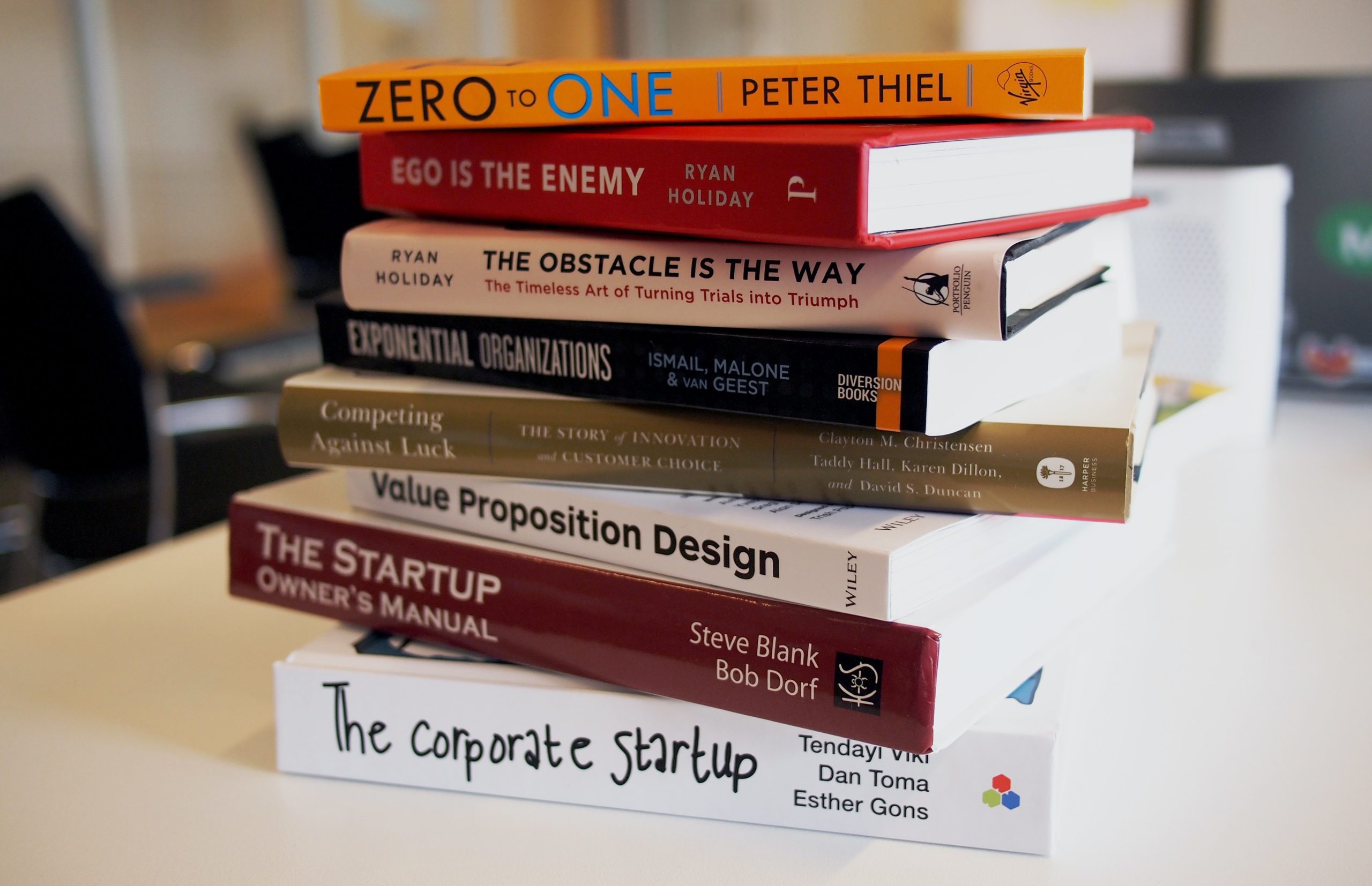
Seven Keys to Get Up, Get Speaking, and Get Paid

Economic cycles come and go. Even when the conventional wisdom seems to be that “no one’s hiring speakers,” you can be sure there’s always a bull market somewhere. When it’s time to reboot, recover, and reignite your speaking business, these seven key strategies and best practices are indispensable.
Key #1: Professional speaker is a skill set, not a job description.
What would the average speaker do if he could no longer speak? What if she were unable to travel? For someone self-defined purely as a “speaker,” that might be the end of the road.
But they’d still have a professional speaker skill set; it would simply need to be deployed in other ways. With that in mind, it makes sense to get comfortable with those other ways right now. Multiple revenue streams provide business model resilience—when one part of the business is down, another might be up. It’s insurance at the very simplest level. Building that insurance into the speaker’s business plan today ensures getting paid for expertise regardless of industry trends, personal challenges, or unexpected family issues.
Best Practice #1: Diversify methods and media.
Consider:
- Books
- E-books
- Workbooks
- Field guides
- Meeting starters
- Audio programs (CD, mp3, podcast)
- Video programs (DVD, streaming, mini-lessons)
- E-learning modules (using simple tools like Articulate Presenter)
- Consulting packages
- Coaching programs
- Teleseminars
- Webinars
- Action packs
- Implementation kits
- E-mail courses
- Membership websites
- Online forums and communities
- Assessments
- Mobile apps
- Certification programs
- Licensing programs
- Affiliate programs
- Joint ventures
Choose the most suitable methods, get them on the calendar within the next year, and execute!
Key #2: Every speaking business needs a CEO.
The primary trait that separates successful speakers from their struggling counterparts? Successful speakers don’t consider themselves speakers. They consider themselves the CEO of their speaking business. CEOs demand a relentless focus on MMA—Money-Making Activity. CEOs know when their company is profitable and when it is not. CEOs have the rare skill of being able to panic early—and then taking massive, decisive action to correct the course before it’s too late.
Most important, CEOs are never OK with not making money. They put all their weight, all their creativity, and all their commitment behind making payroll. Speakers who think they don’t have employees are dead wrong—they’re Employee #1. Are they paying themselves enough? Do they give themselves enough time off? A CEO would give priority to the employee responsible for 100% of her company’s profitability. A solo entrepreneur speaker needs to do the same.
Best Practice #2: Schedule paydays.
Speakers who have employees already have a payroll. But a company of one needs to do the same, just without payroll software or vendor—even if it’s a simple as marking the calendar for the second and fourth Friday of each month as “payday.” The quickest way to earn $50,000 as a speaker is to divide that number by 24 ($2,083.33) and every payday, transfer that amount from a business account to a personal one. (That’s also the quickest route to $100,000, $200,000, or more!) To start, it’s easiest to ignore marketing, taxes, operations, and so on, but that’s rarely the biggest challenge. The idea is to establish an early warning system that’s focused on MMAs when the coffers are running low. The self-paycheck practice provides that, while establishing a much-needed sense of urgency with regard to cash flow.
Key #3: Establish a “Now More than Ever” mind-set.
Too many speakers complain that the economy has damaged their businesses. Buyers are no longer buying. Meetings are no longer meeting. There’s a laundry list of aches, pains, symptoms, and woe-is-me declarations of how life suddenly got very unfair for professional speakers.
Three words of wisdom: Figure it out.
That means figuring out what buyers are deeply concerned about, what problems they are eager to solve, and what priorities they’re already spending money on. It requires determining the strategies and goals for which they are accountable. And it demands ferreting out what solutions they’re actively seeking right now.
The speaker who does that is like a doctor during a time of epidemic disease, equipped with the medicine and ready with the cure. In tough times, the services of a doctor are in greater demand, not less. A resource primed to cure a buyer’s exact woes will experience limited resistance. So, too, speakers who believe that
their ideas are needed now more than ever and are in demand now more than ever will be valued by their clients now more than ever.
Best Practice #3: Live in the prospects’ world.
Business-minded speakers think about their clients’ problems, bosses, obstacles, and customers—not just their own. What are the first steps? Research. Preparation. Homework. Industry, regional, and company news is now at everyone’s fingertips online. Direct quotes, video clips, and audio interviews make excellent firsthand intelligence—and don’t forget real, live customers. Without intelligently researching a prospect’s issues, challenges, and pressures, it’s impossible to come up with credible, high-perceived-value solutions. The most
convincing way to approach prospects is being armed with:
- Interviews
- Surveys
- Research
- Data gathering
Expertise plus valuable data is a killer combination.
Key #4: Get serious, get help, or get out.
The top professionals in any field realize that they cannot achieve success alone. They ask for help. They invest in the resources, tools, technology, and people who can accelerate both their learning curve and their doing curve.
What’s the best place to start? The good news is that it doesn’t cost a dime—it’s an internal commitment to take this business of speaking seriously. It’s not a part-time thing for fun, it’s not volunteer work, and it’s not something to “try” between jobs. Do military fighter pilots “try” flying combat missions? Do doctors go into neurosurgery “part-time”? Do symphony orchestra conductors “give it a shot”? No! True professionals make serious commitments to their professional training, years-long preparation and study, thousands of hours of practice, and a relentless pursuit of excellence.
Upon ruthless, objective examination, the areas where a speaker needs help will become quite clear. And that’s OK: Successful professionals reach out for help more often than average people—not less.
The third option is to get out. This doesn’t mean quitting the speaking business—far from it. Rather, it’s about taking a professional break and coming back into this business through a different door, which is precisely what I did in 2007. My speaking and consulting business had become a grind. I wasn’t having fun. I needed a break. I took a job at a training company, booking speakers for events, webinars, and live conferences.
Within two weeks of wearing my conference producer/meeting planner hat, I immediately realized what I had been doing wrong as a speaker. In 2008, I jumped back into my own business, and the lessons from my time “on the other side of the desk” gave me everything I needed to reinvent my speaking business and share these same lessons with my professional speaker clients on what it takes to get booked from the buyer’s perspective.
Best Practice #4: Recommit.
Getting serious means recommitting to the speaking business: upgrading collateral materials; losing the dated aol.com email address; dumping the homemade inkjet business cards; and revamping that 10-year-old website.
Getting help might include: free help (NSA buddies, colleagues, friends, mastermind groups); low-cost help (NSA chapter meetings, webinars, PEGs, hiring an assistant or intern); premium help (attending an NSA convention, working with a speech coach, hiring a speaker marketing firm).
Finally, getting out can vary from the moderate to the extreme. Consider a part-time consulting or on-demand position with a favorite client, association, or company to see what makes them tick. Do some subcontracting or get a job with a training company, consulting firm, or executive education program. Speaker’s bureaus and conference-producing organizations are also terrific options. Don’t consider this as exile; it’s a paid learning experience. Keeping one’s identity as a professional speaker helps, too: While I was working on the inside, my business card proudly displayed the NSA Member logo right next to my title.
Key #5: Build a Thought Leadership Platform.
A speaker’s collected body of wisdom, expertise, tools, tactics, strategies, sound bites, and philosophies compose a thought leadership platform. New technologies and new media come and go. Consider the evolution from print newsletters and glossy magalogs through websites, e-zines, blogging, audio, video, and social media—but the one thing that does not change is professional speakers’ need to be thought leaders.
Writing is writing. Ideas are ideas. It may sound like heresy, but if Ben Franklin were alive today, he would be a blogger, thanks to the technology’s ability to reach a great number of people quickly with ideas that positively impact their lives.
Best Practice #5: Repurpose.
The sound bite is “Create content daily.” Meeting planners want to see a speaker’s thinking process, showcased in meaty articles with lots of specifics and do-it-now tactics. The key isn’t just telling people what to think but, rather, what to do and how to do it. Actionable information is a powerful tool.
Here’s a one-word shortcut to great articles: repurpose. Keynotes become articles; articles become special reports; special reports can become audio programs; audio programs can become the rough draft for a book. With a solid thought leadership platform, the different ways to package and profit from ideas
are limitless.
Key #6: Become an NSA Certified Speaking Professional.
Ordinarily, I couldn’t care less about industry acronyms. But consider it from the perspective of association executives, meeting planners, and corporate decision makers: If only 8 percent of speakers have a CSP designation and 92 percent don’t, who are they going to feel more confident about hiring? It is a risk-reduction strategy for your buyers, an instant recognition of a speaker’s professional qualifications.
Yes, there are plenty of exceptional speakers who are not CSPs. But from a buyer’s perspective, how many CSPs are likely to be awful speakers whom they will regret hiring? Extremely few. The safer bet gets booked more often.
Best Practice #6: Get certified.
Start an application at www.nsaspeaker.org. The CSP tracking spreadsheet and application packet make it simple to record stats rather than trying to reconstruct the who, what, where, and when five years down the road.
Key #7: Focus marketing on the mighty few.
The era of “better, faster, more” productivity is over. Multitasking is a myth, and good luck “getting things done.” The sad truth is that most professional speakers catch the disease of tacticitis. They believe they have to listen to the guru of the moment and belong to the coach-of-the-month club, while simultaneously working on their presentation skills, marketing, branding, website, video, book writing, sponsorships, social media, list building, article publishing, and networking. (And that’s before they try to regrow a full head of hair and lose
those unwanted pounds.)
Best Practice #7: Focus on business-building strategies.
The latest guru, offer, product, program, and technology that lands in your inbox has less to do with succeeding than does having a solid business model, speaking model, and revenue model—and they’re usually a lot more expensive. It’s far better to select two or three main strategies that can be used consistently. Writers should write. Techies should use technology. People persons should network.
The truth is, the “flavor of the month” rarely lasts a full year. In contrast, working harder on fewer things, and focusing exclusively on easy, effortless, and enjoyable business-building activities, is what will yield results—this month, next month, next year, and for the foreseeable future. The marketing geniuses at Nike have had it right for a long time: Just do it!
- Strategy + Implementation= Results - October 20, 2020
- 77 Rules of the Road (for Marketing, Business and Life) - October 16, 2020
- 33 Ways to Improve Your Year - September 11, 2020





